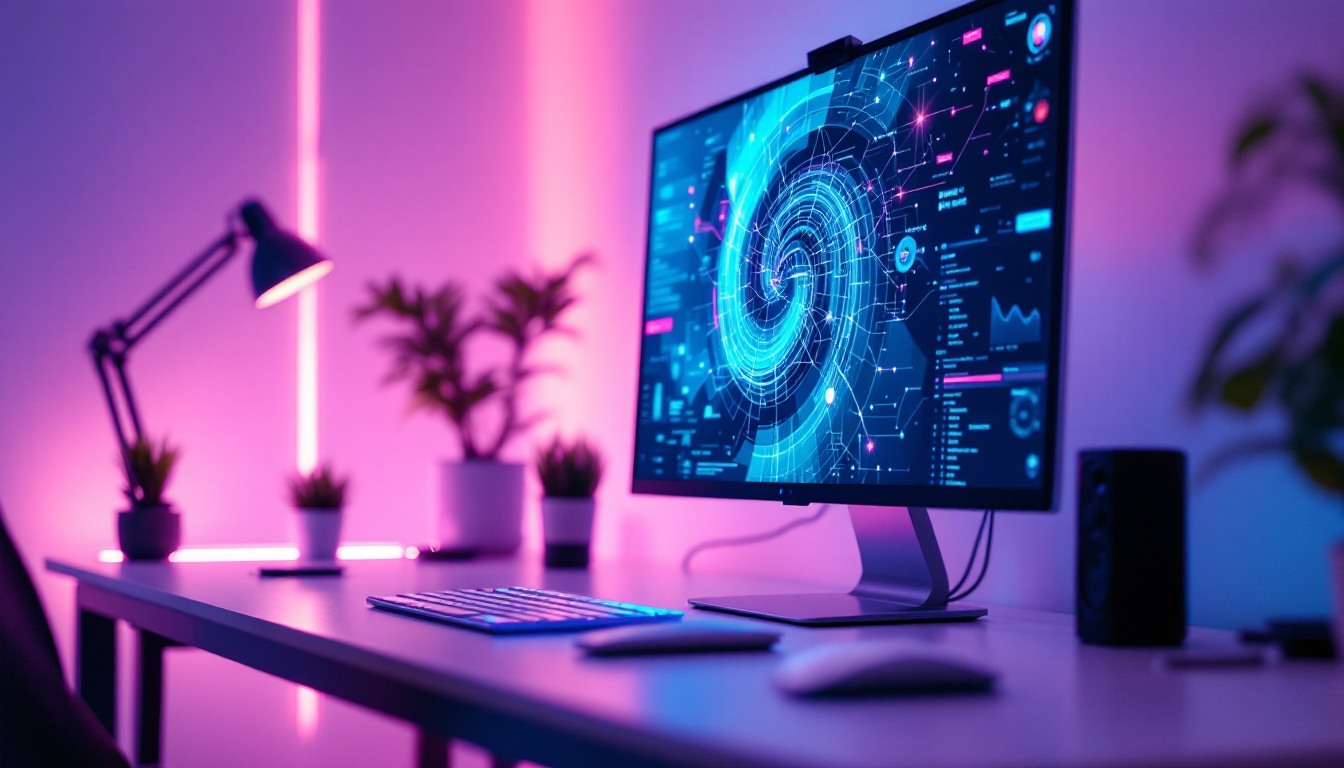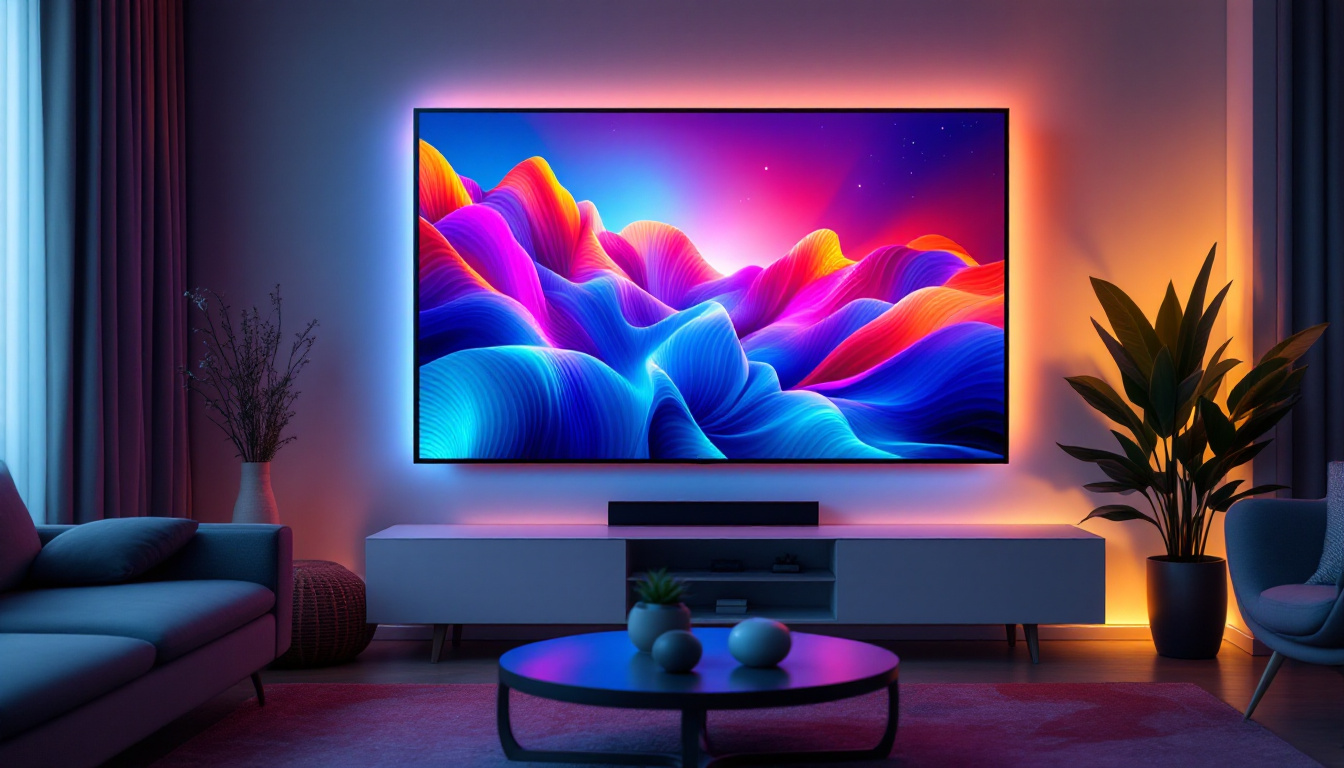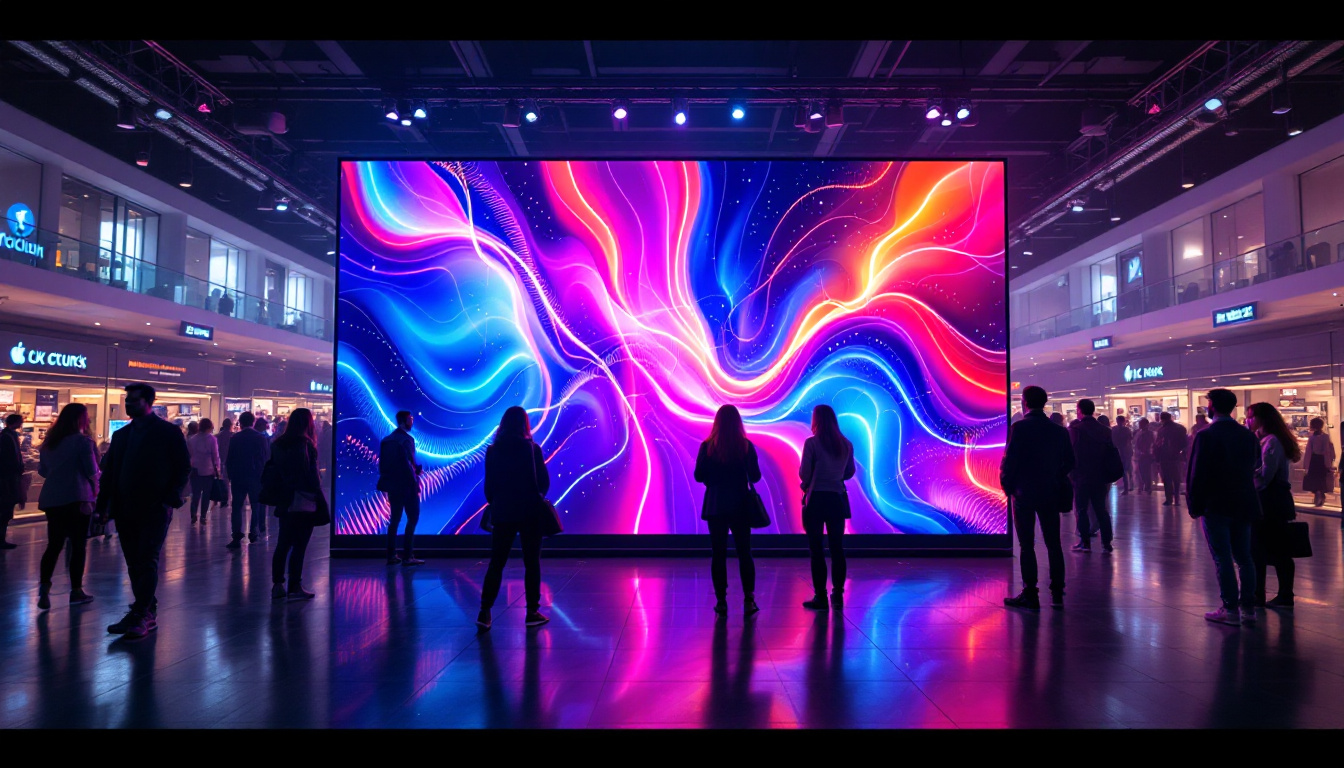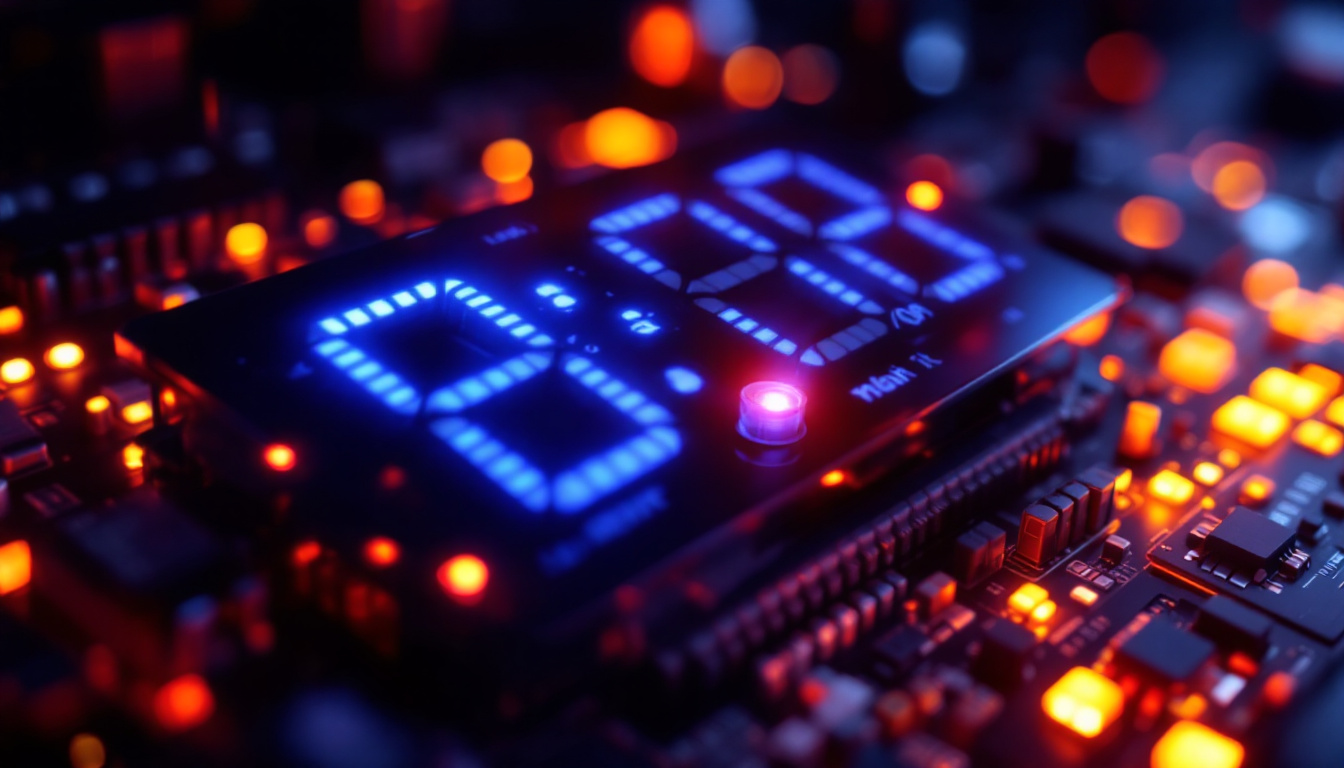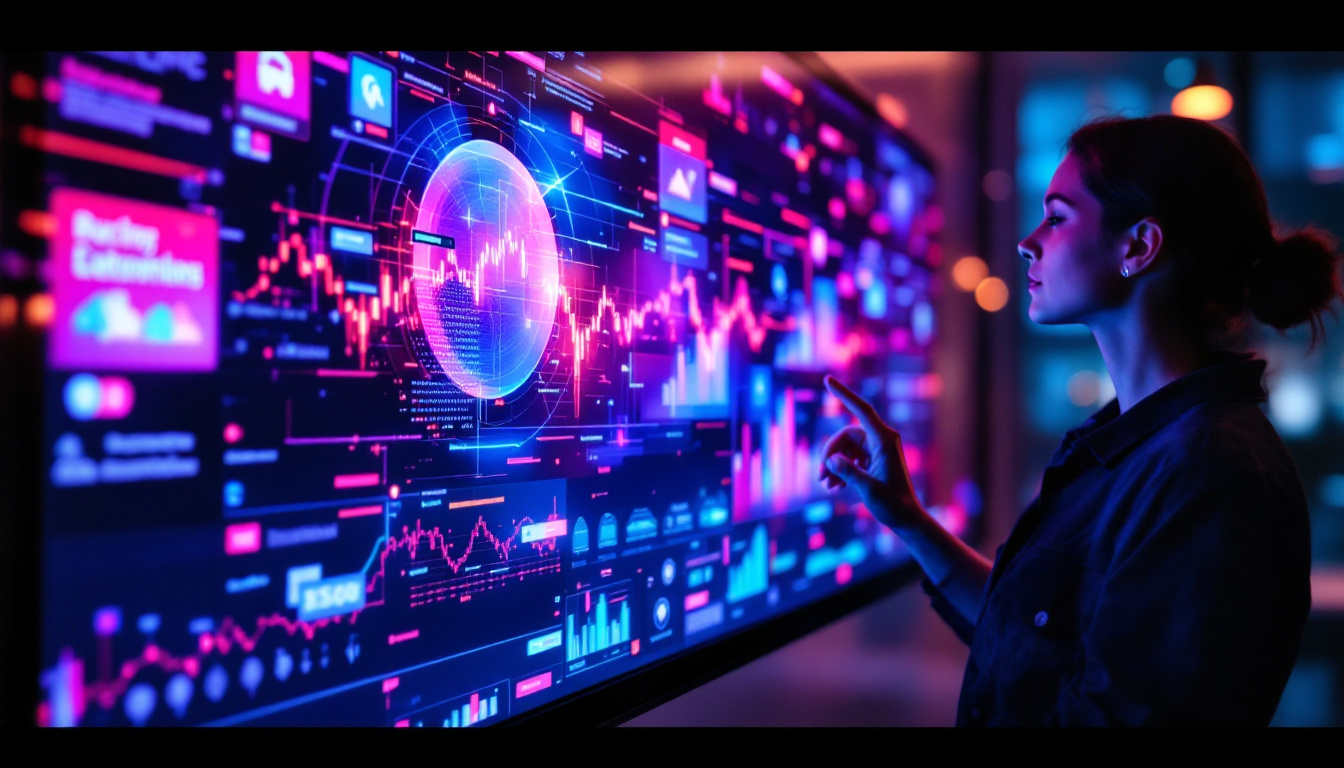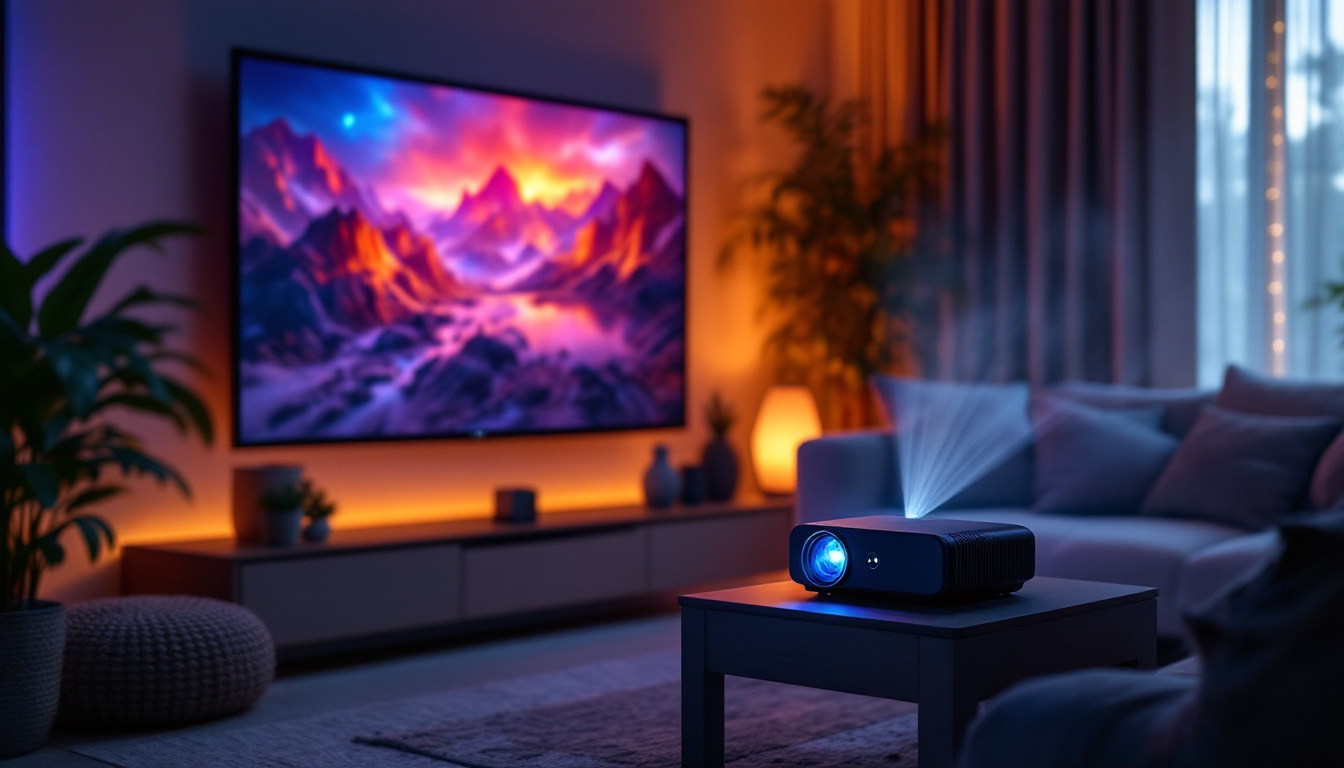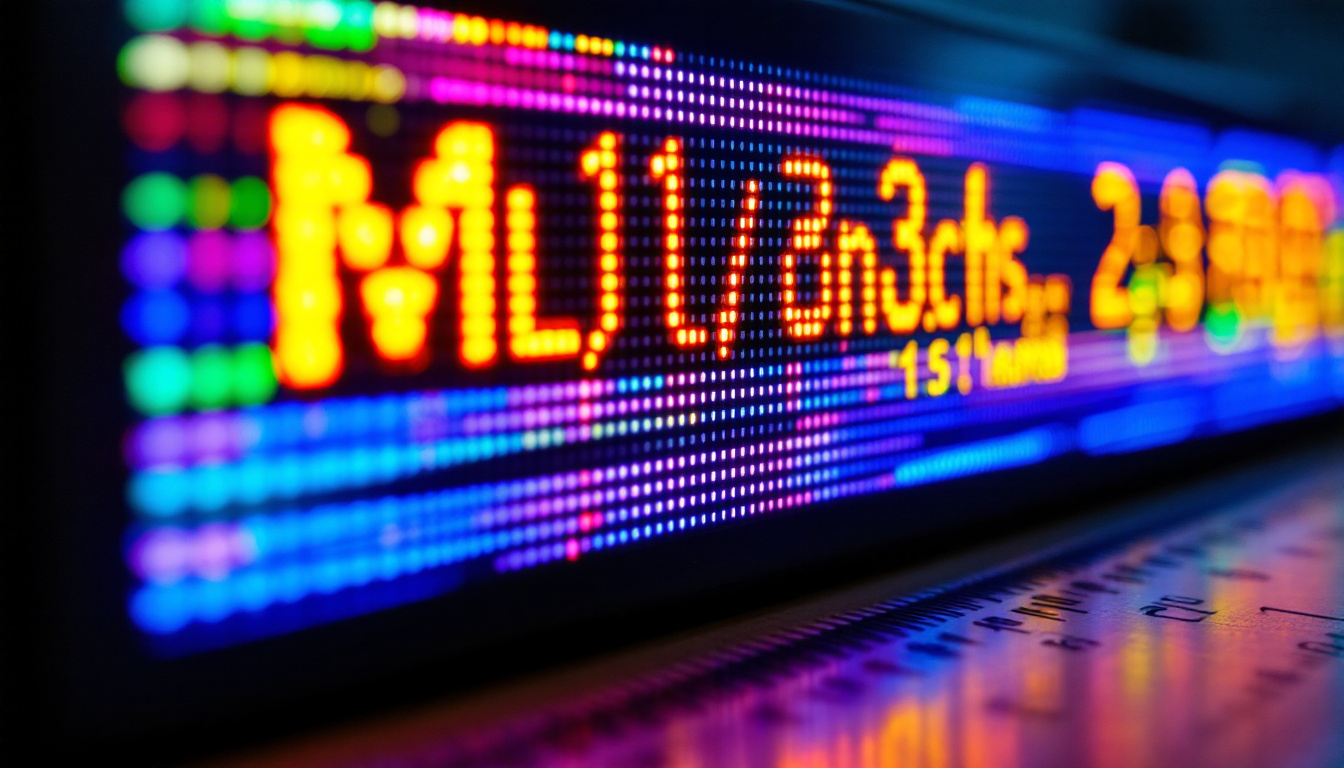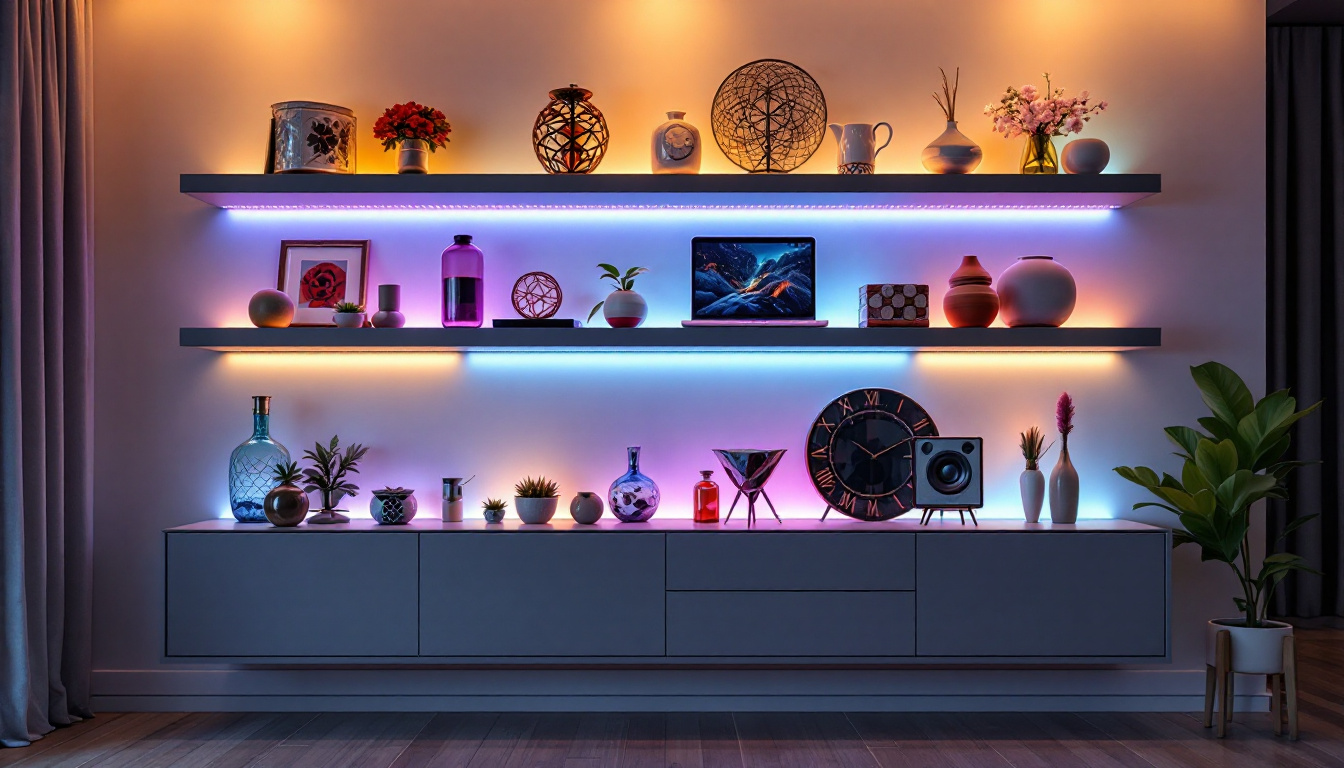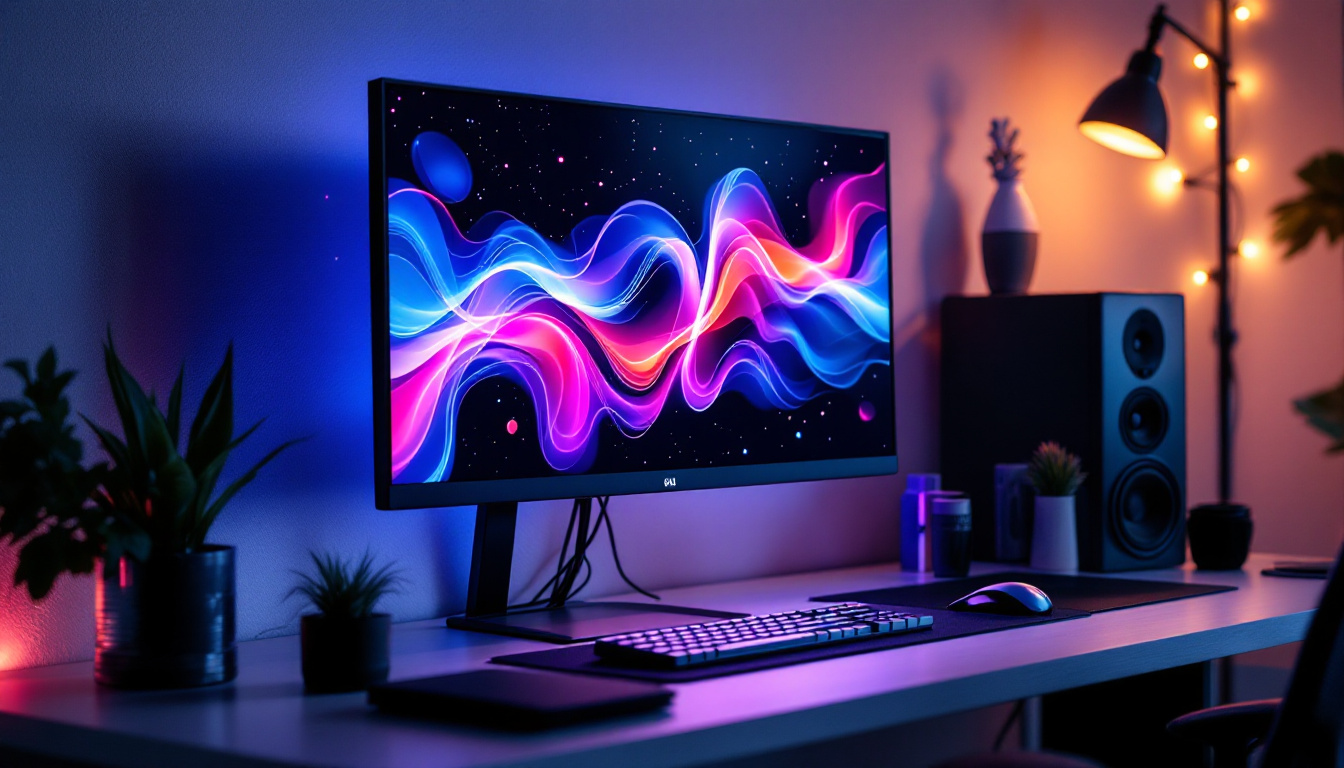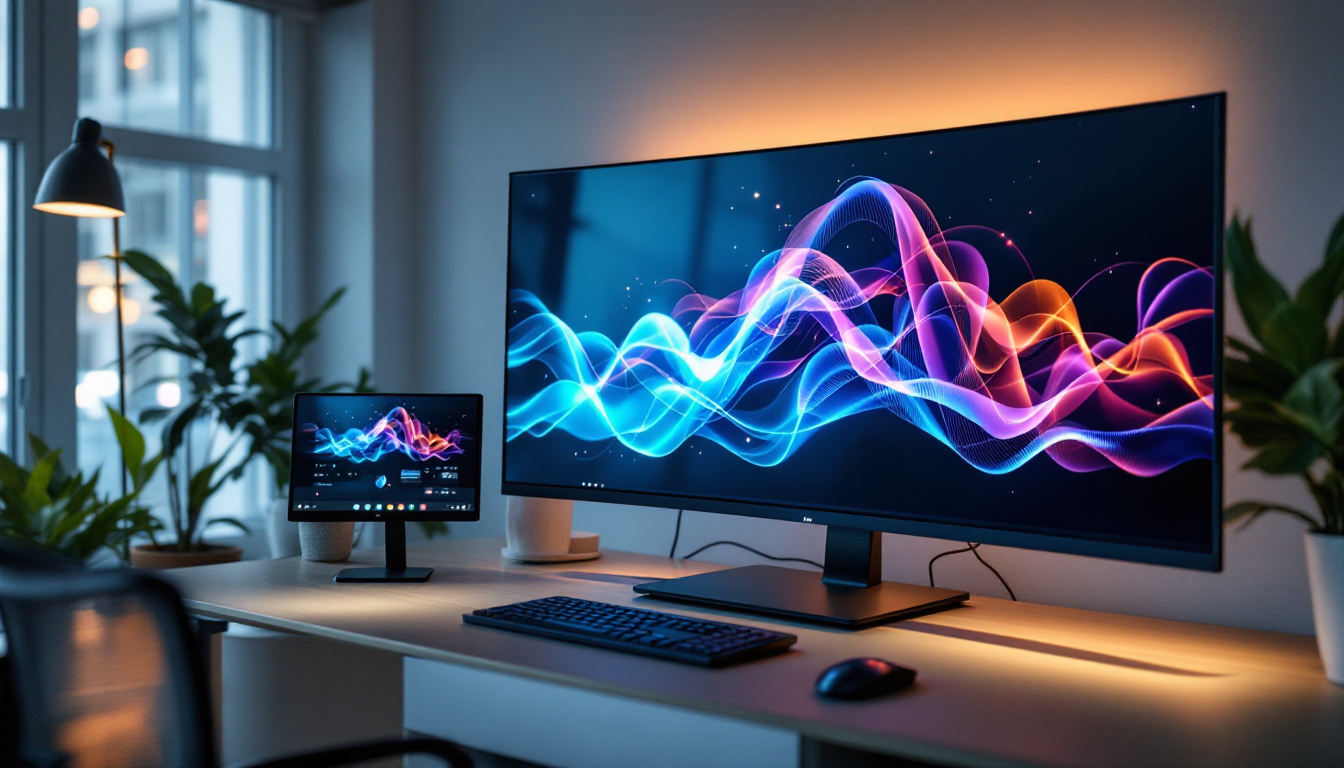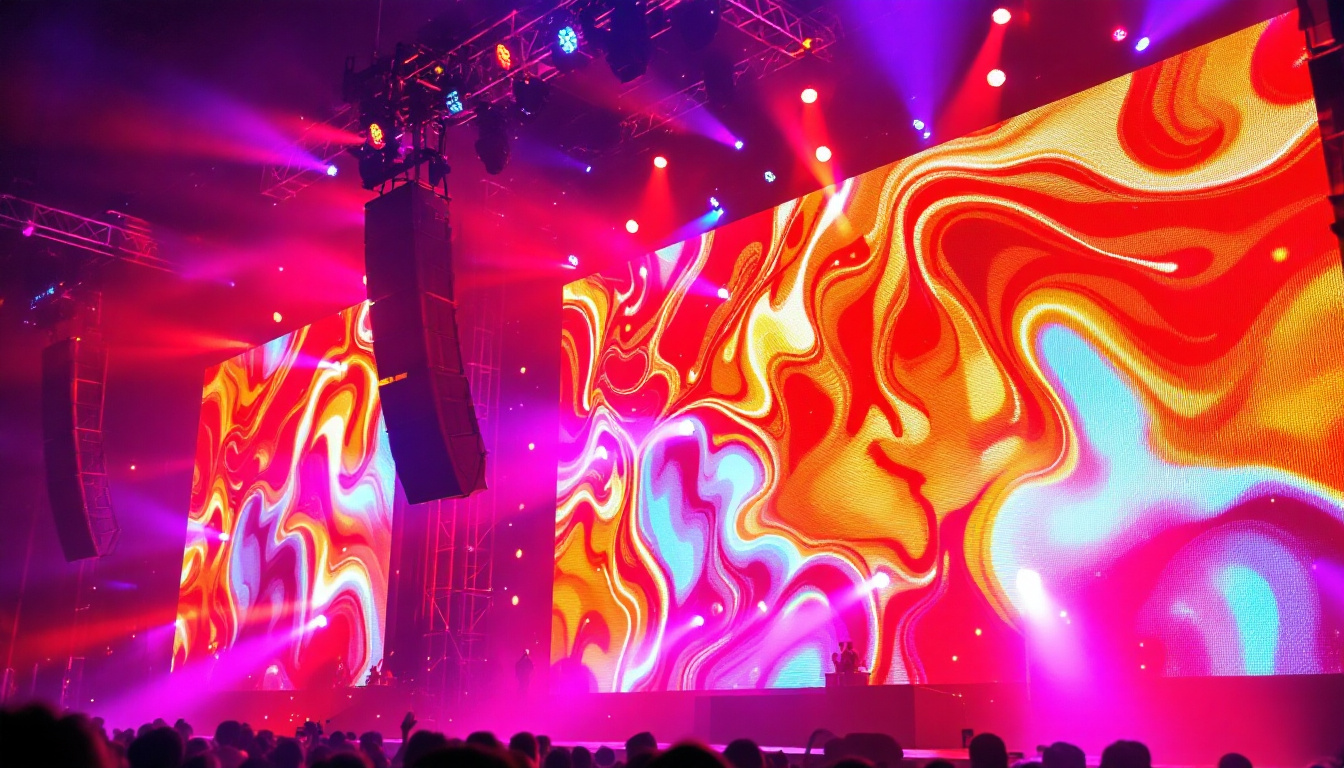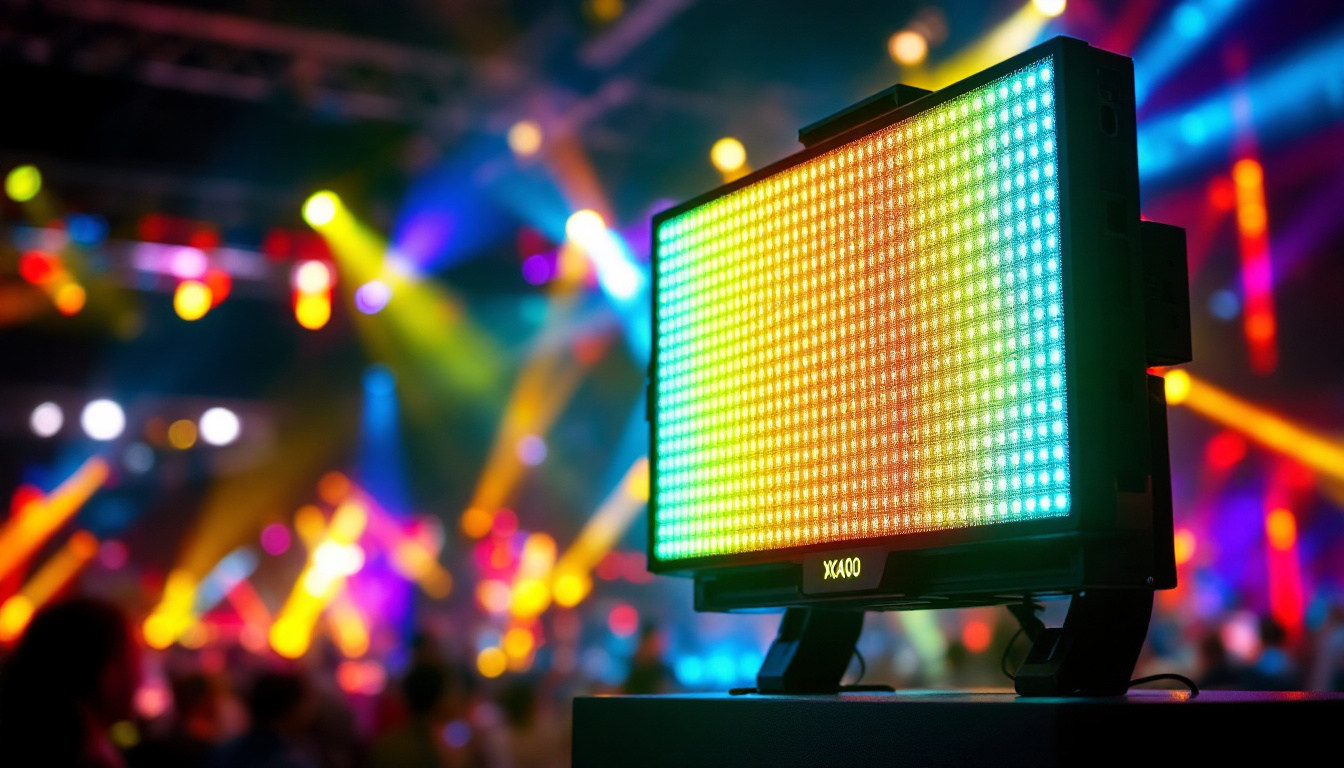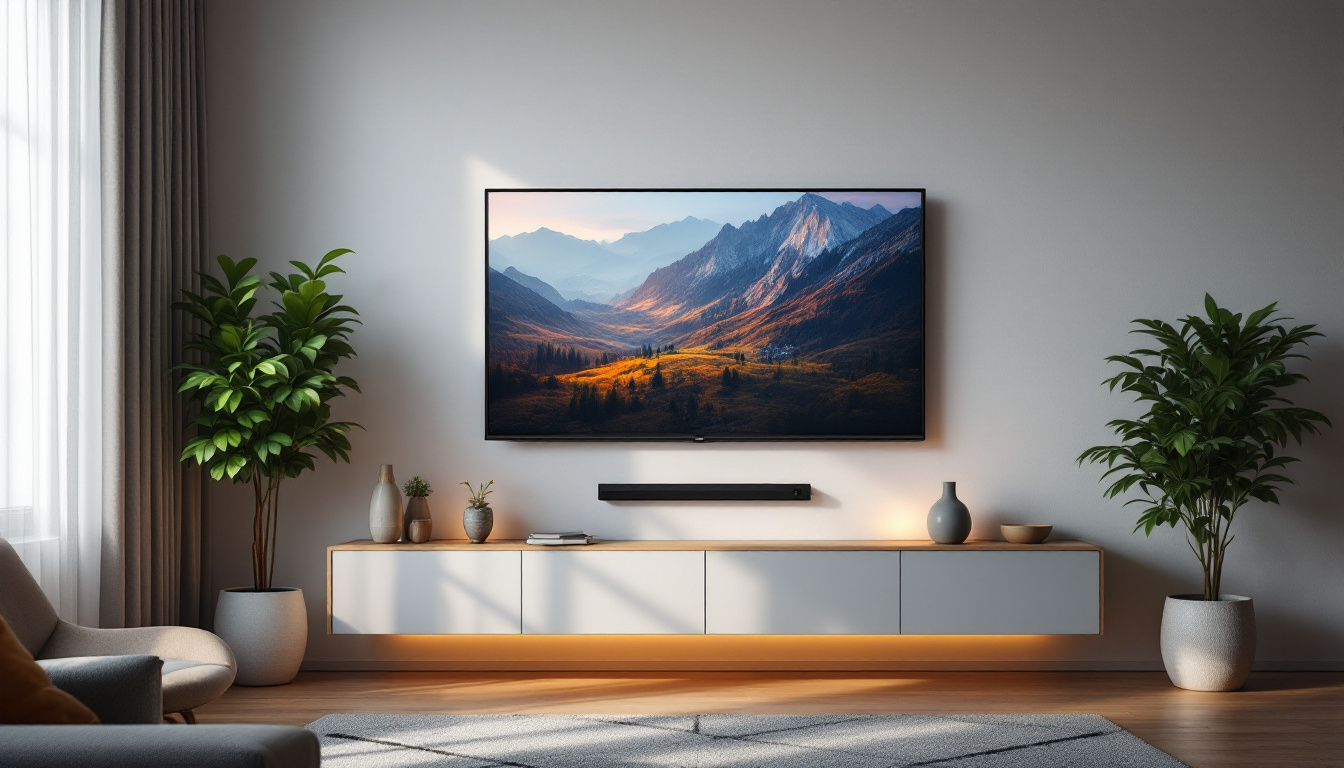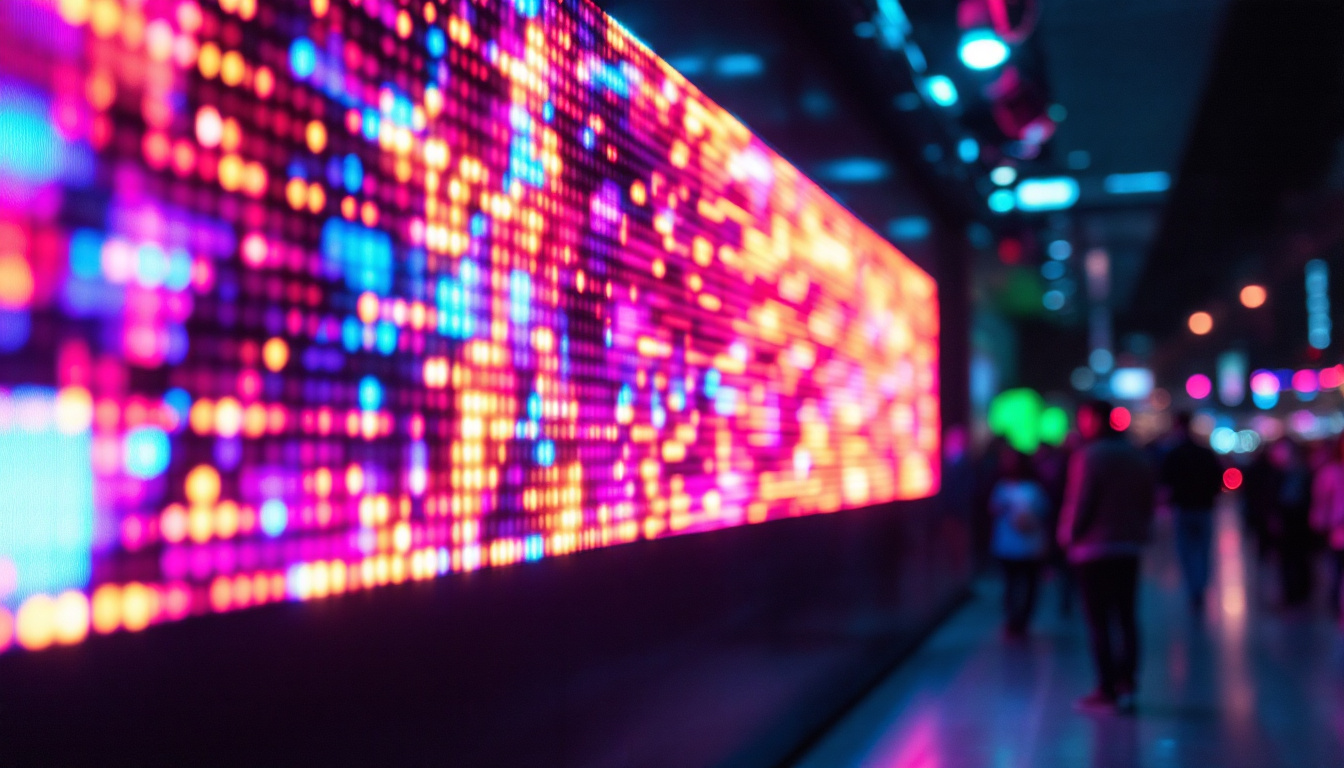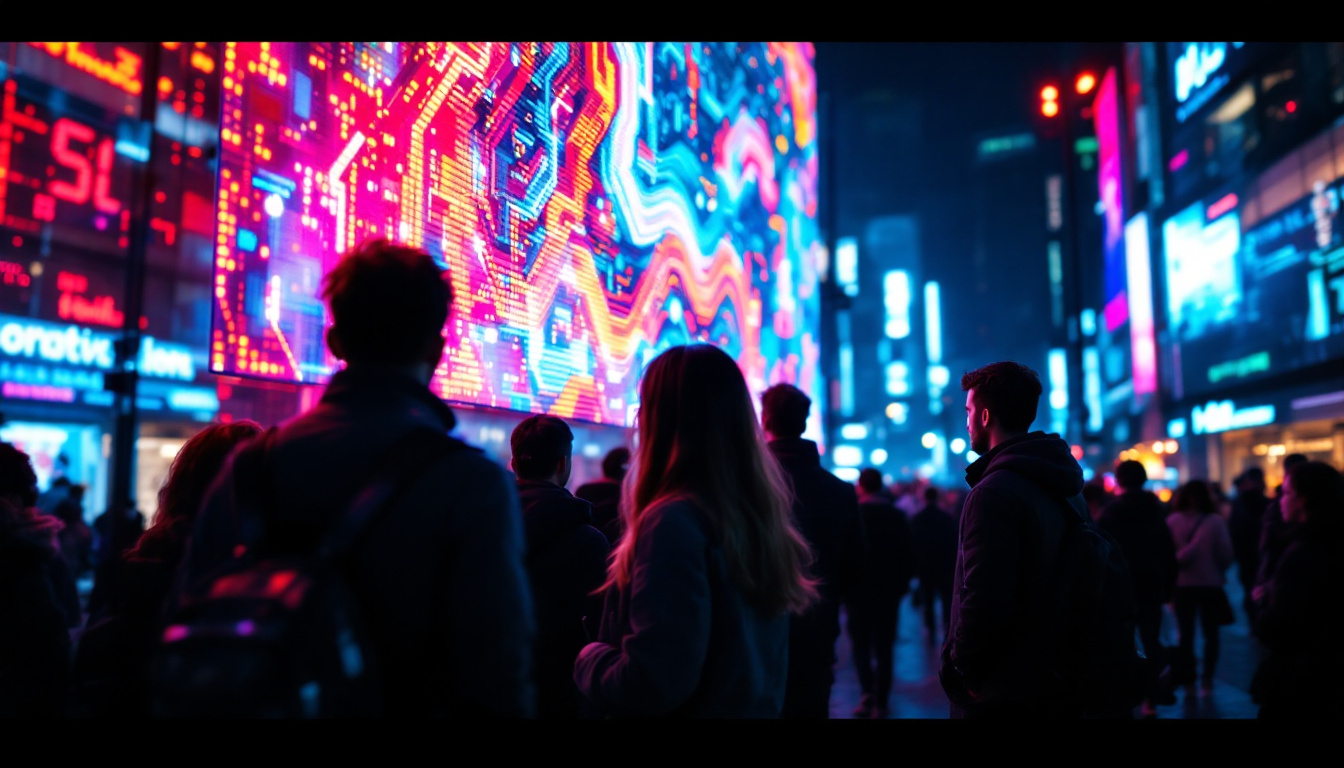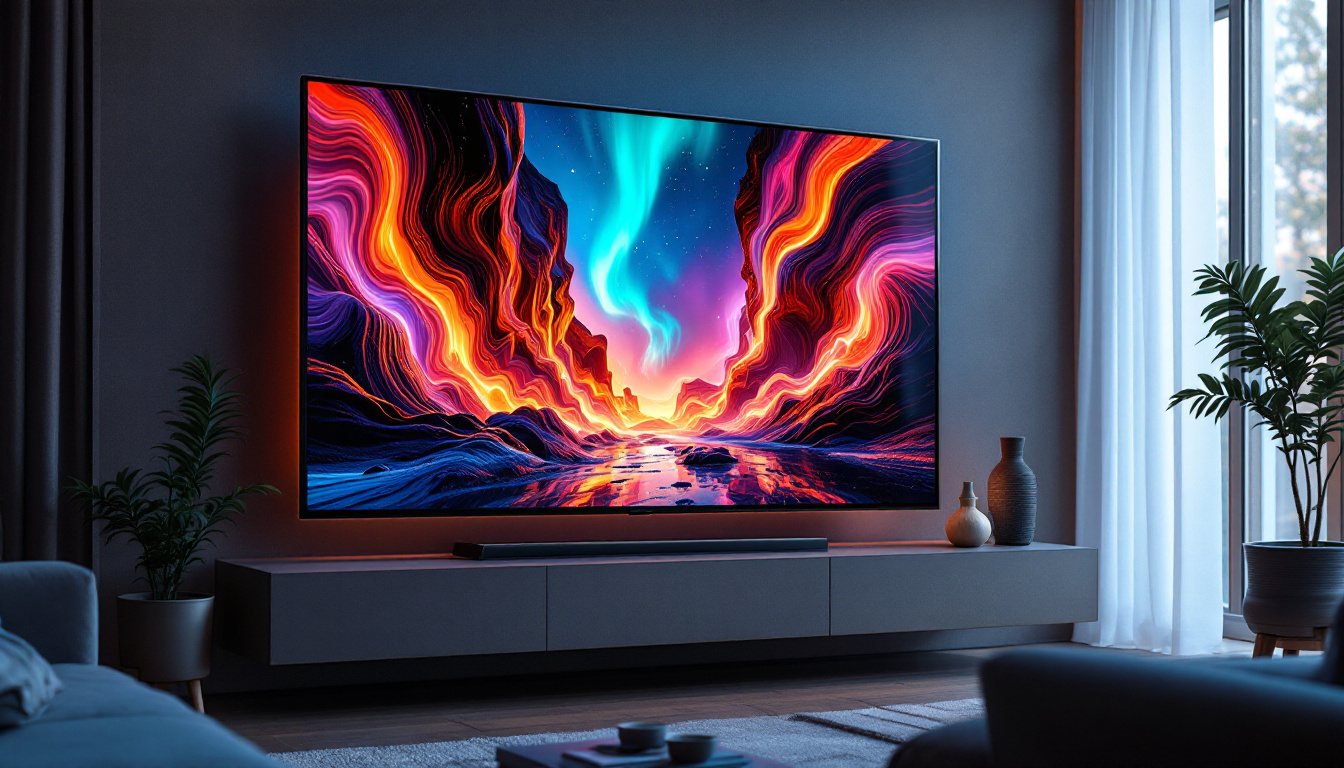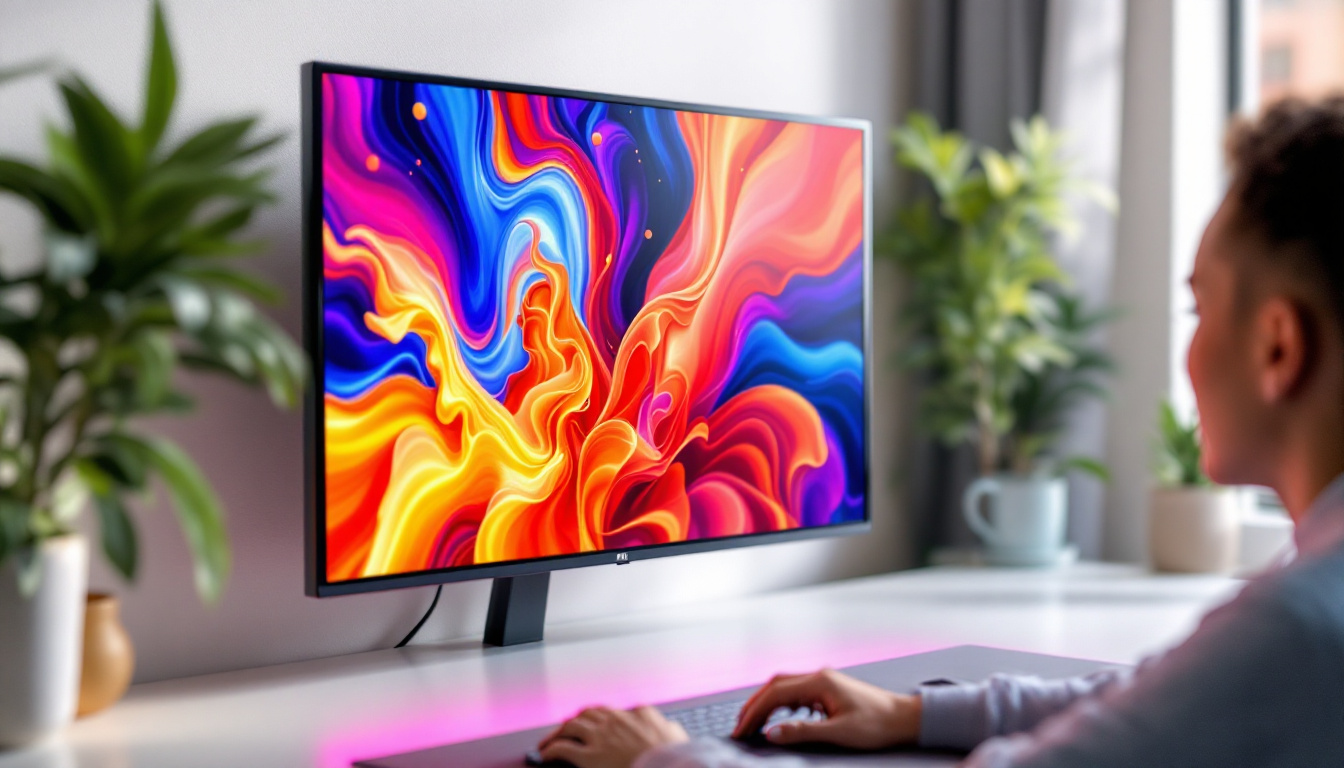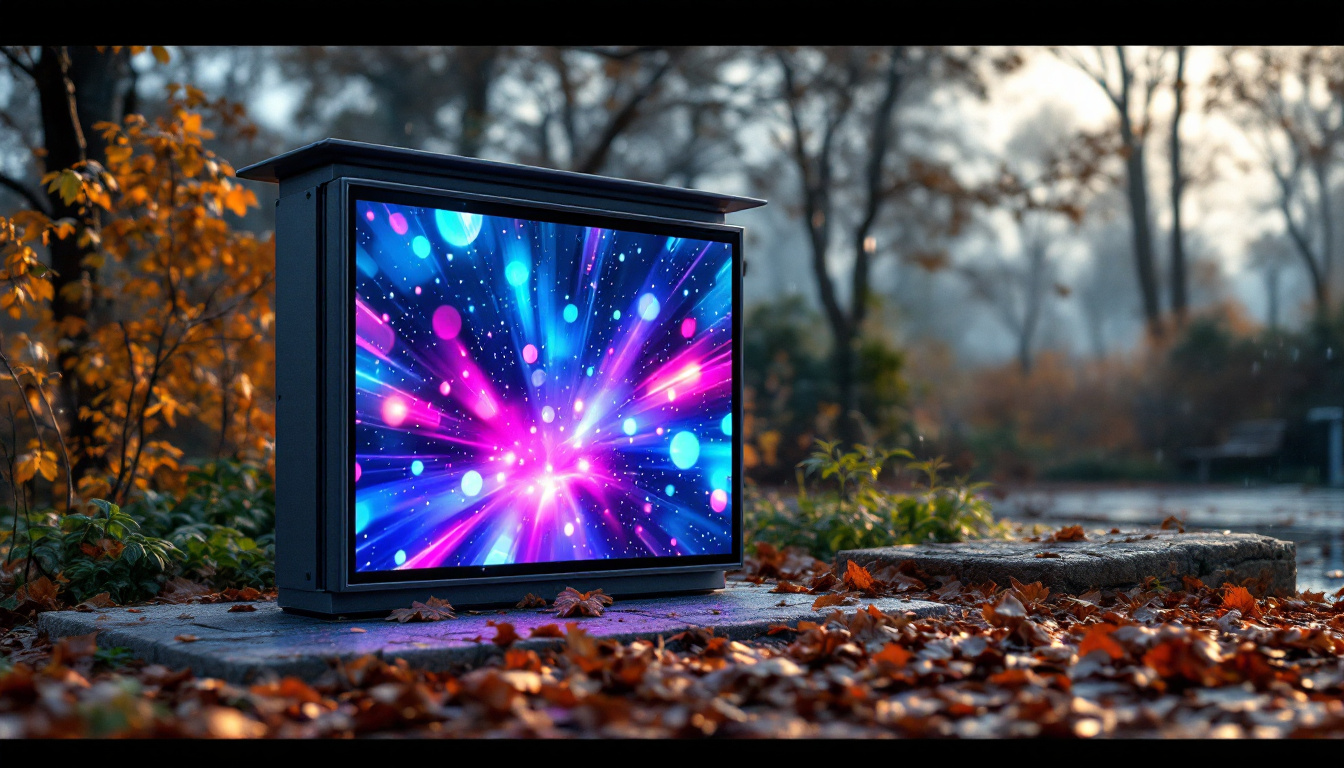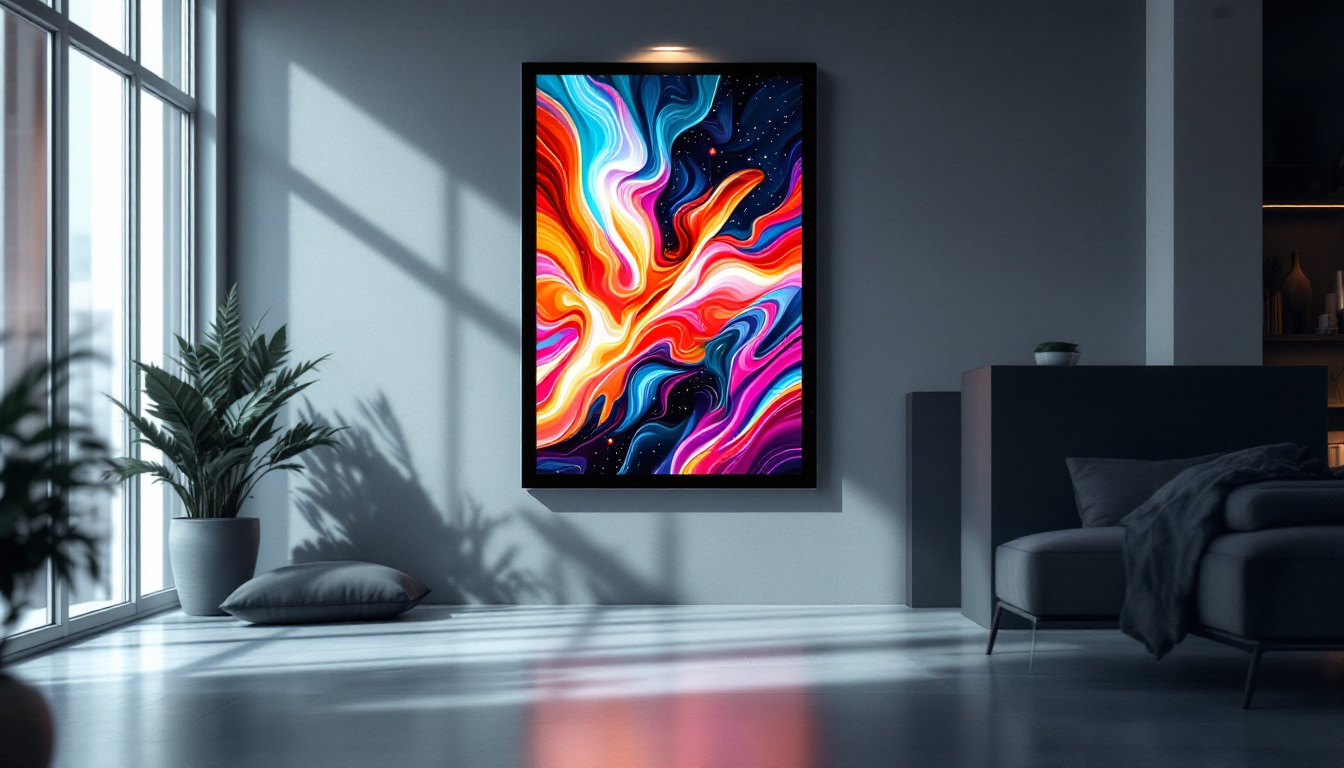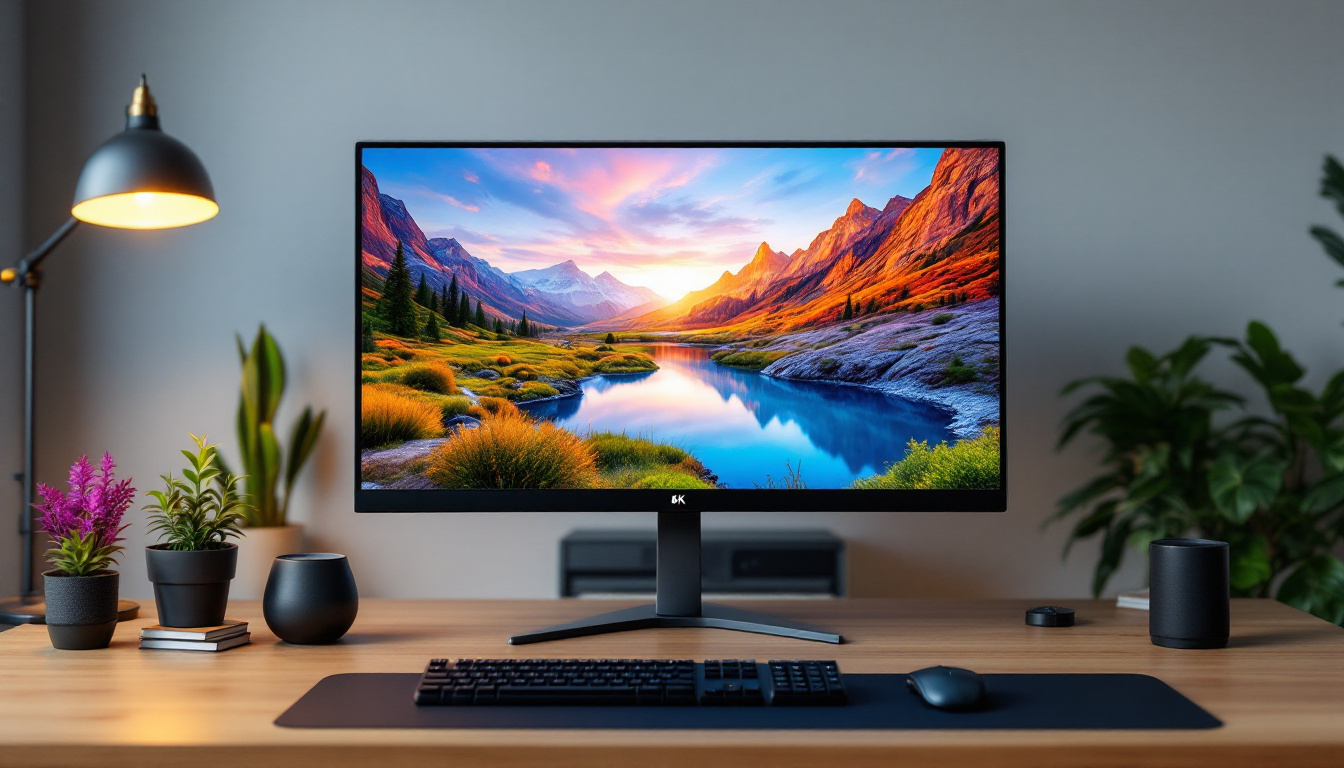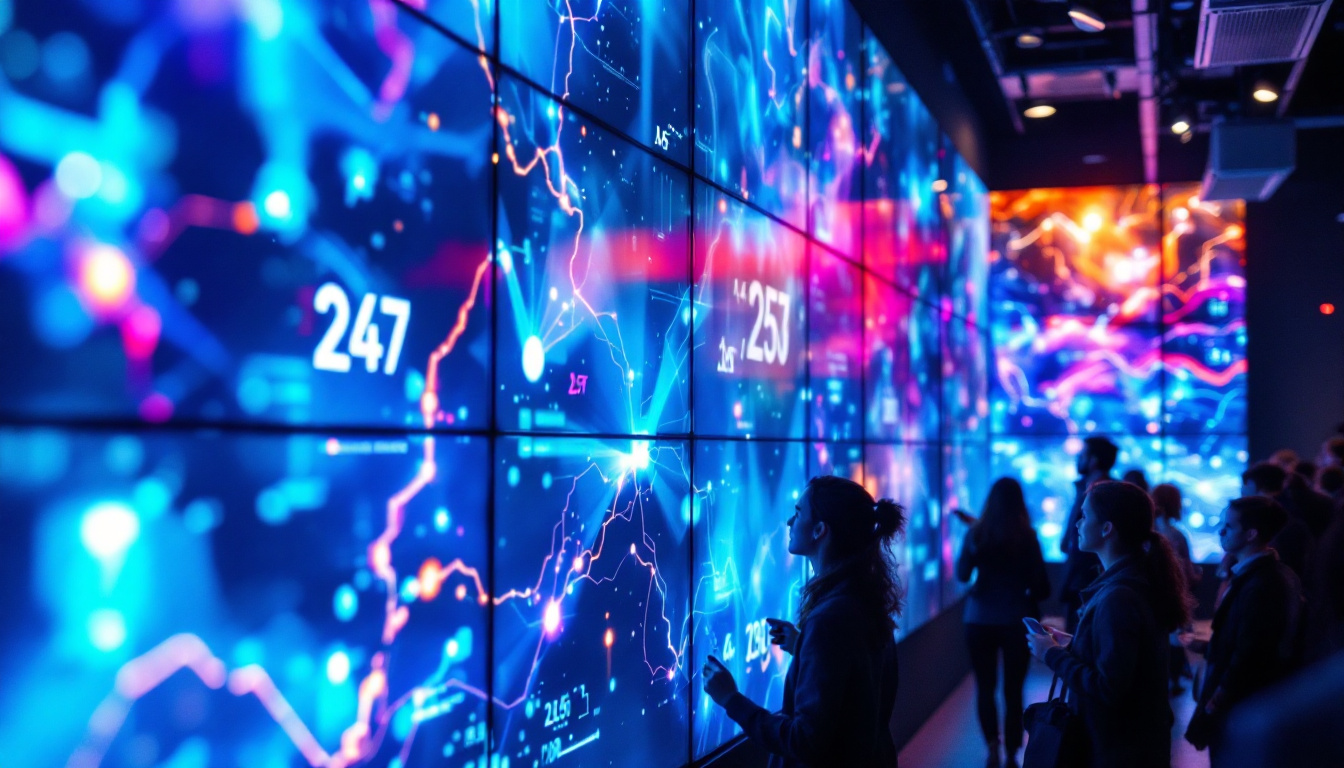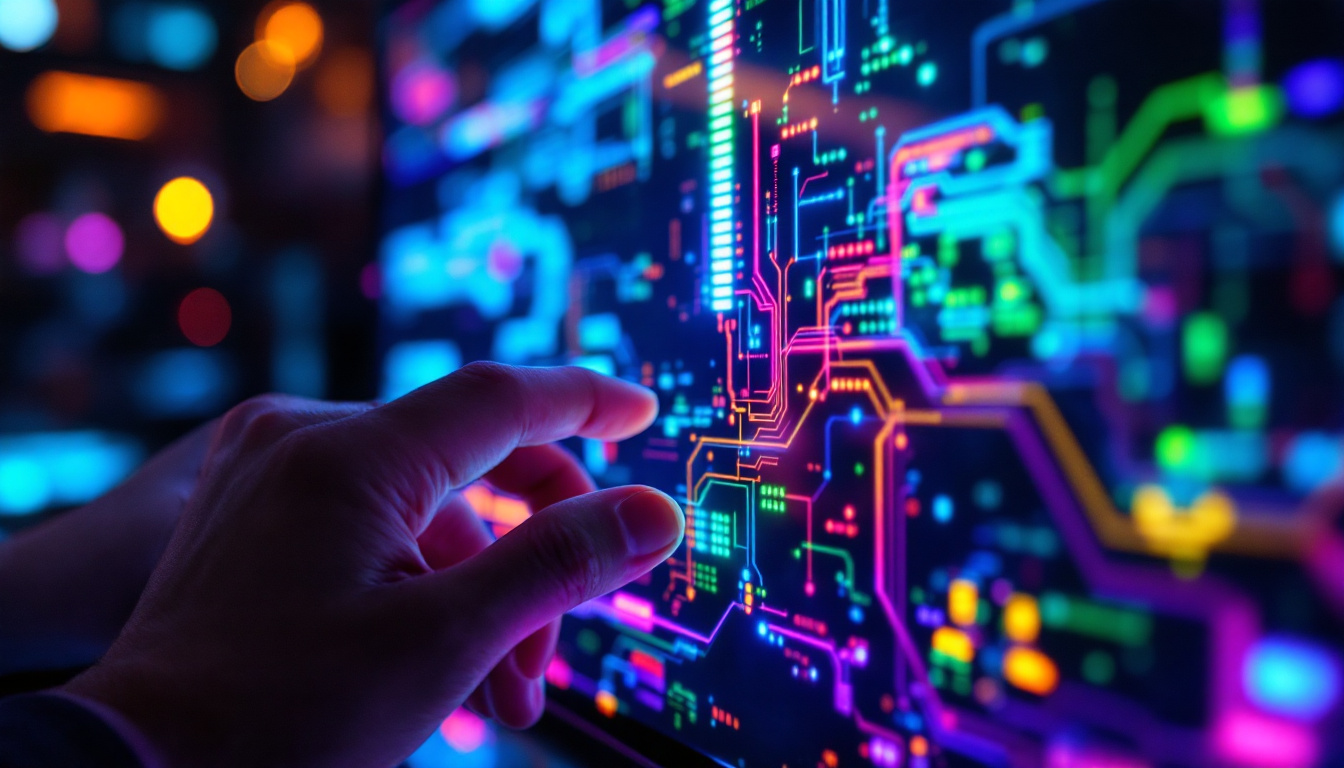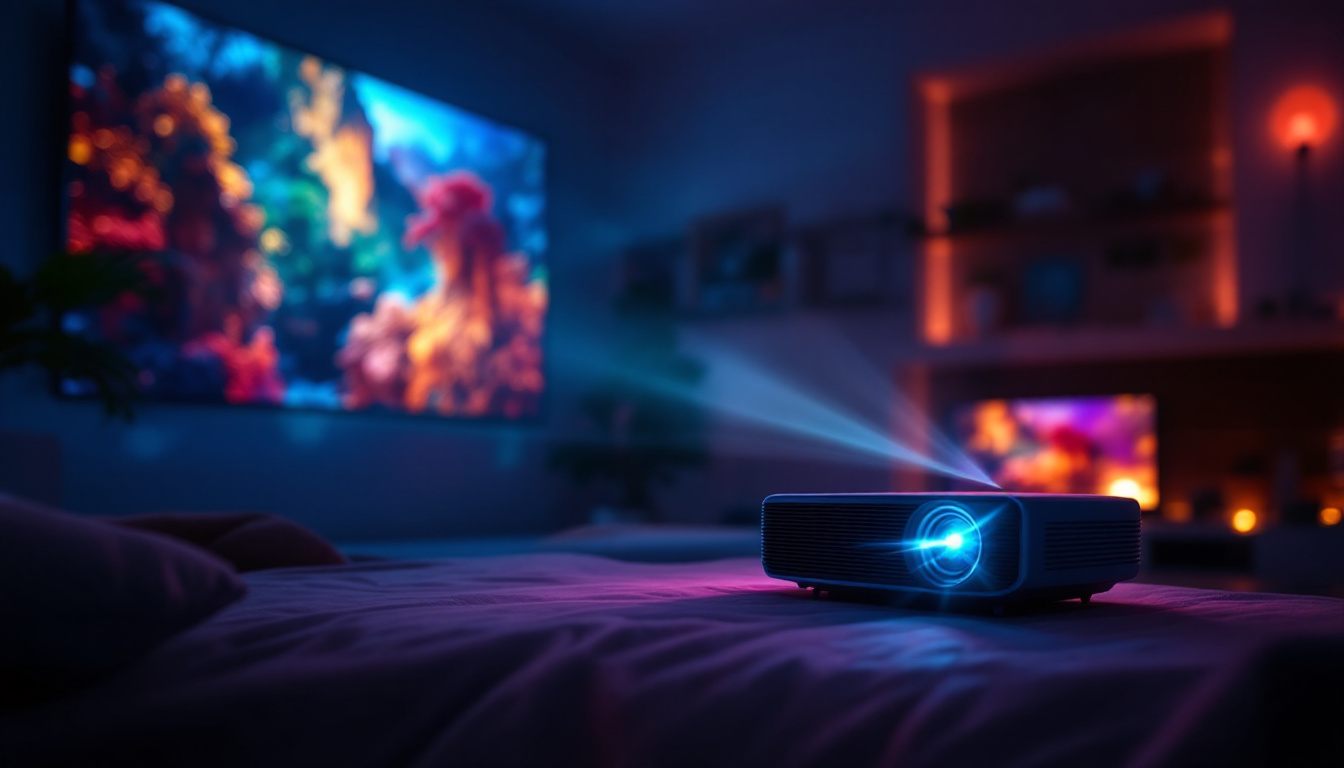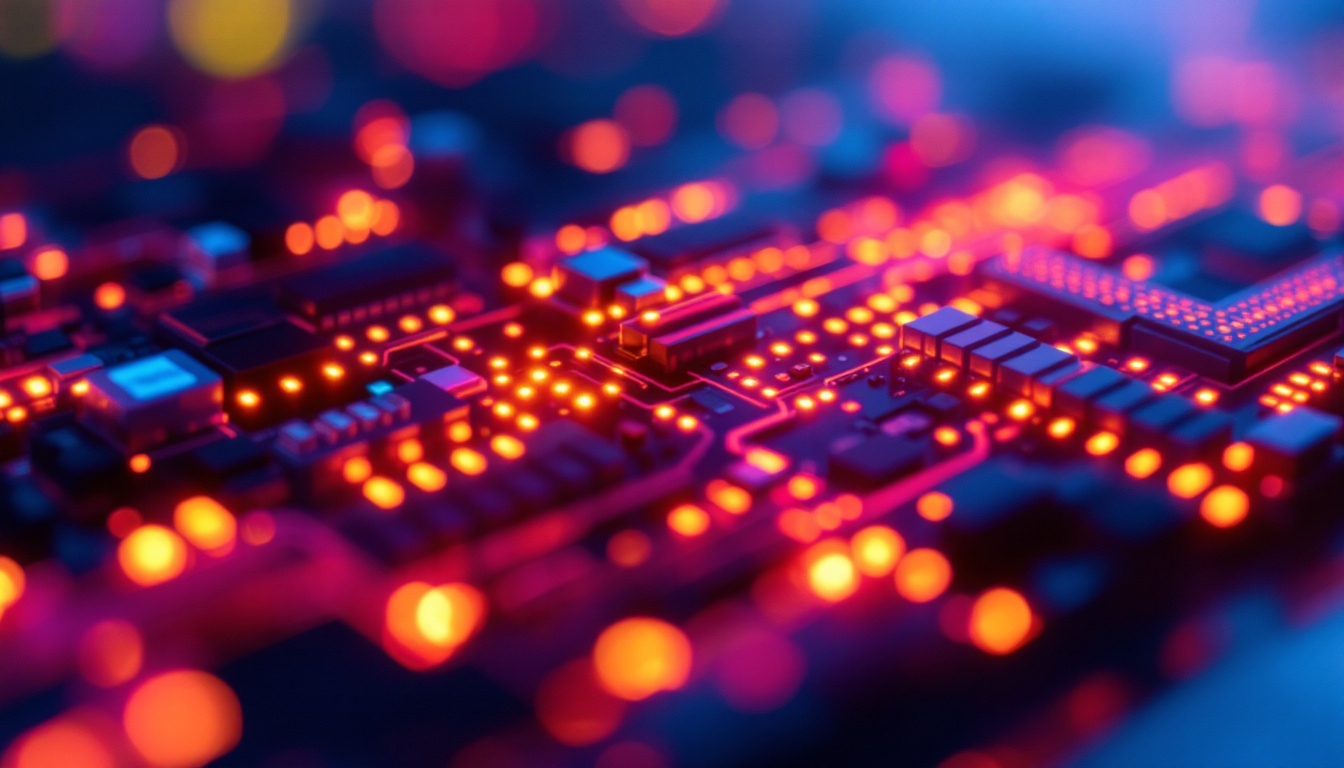In today’s fast-paced digital world, the desktop screen has become an indispensable tool for both personal and professional use. Among the various types of displays available, LED (Light Emitting Diode) technology has emerged as a popular choice due to its impressive performance and energy efficiency. This article delves into the intricacies of LED displays, exploring their advantages, types, and how they compare to other display technologies.
Understanding LED Technology
LED displays utilize light-emitting diodes to create images on the screen. Unlike traditional LCDs that rely on fluorescent backlighting, LED screens use an array of tiny diodes that emit light directly. This fundamental difference in technology results in enhanced brightness, contrast, and color accuracy.
The Basics of LED Displays
At the core of LED technology is the diode itself, a semiconductor device that emits light when an electric current passes through it. These diodes are arranged in a grid pattern, allowing for precise control over pixel illumination. This capability enables LED displays to produce vibrant colors and deep blacks, significantly improving the viewing experience.
LED displays are categorized into two main types: edge-lit and backlit. Edge-lit LED displays have diodes placed along the edges of the screen, while backlit displays feature a full array of diodes behind the screen. Each type has its own advantages and applications, which will be discussed in detail later in this article.
Key Features of LED Displays
LED displays boast several key features that contribute to their popularity. One of the most notable is their energy efficiency. Compared to traditional display technologies, LED screens consume less power, making them an environmentally friendly option. Additionally, they have a longer lifespan, with many LED displays lasting up to 50,000 hours or more.
Another significant advantage is their ability to produce high brightness levels, making them suitable for various lighting conditions. Whether in a dimly lit room or a brightly lit office, LED displays maintain excellent visibility. Furthermore, their thin and lightweight design allows for sleek and modern aesthetics, enhancing any workspace.
Types of LED Displays
LED displays come in various types, each designed to meet specific needs and preferences. Understanding these types can help users make informed decisions when selecting a desktop screen.
Edge-Lit LED Displays
Edge-lit LED displays utilize diodes positioned around the perimeter of the screen. This design allows for a thinner profile and lighter weight compared to other types. However, edge-lit displays may suffer from uneven brightness and limited viewing angles, as the light must travel from the edges to the center of the screen.
These displays are often more affordable and are suitable for general use, such as web browsing, office applications, and casual gaming. However, for tasks requiring precise color accuracy and uniform brightness, edge-lit displays may not be the best choice.
Full-Array LED Displays
Full-array LED displays feature a grid of diodes placed directly behind the screen, allowing for more precise control of brightness and contrast. This technology enables local dimming, where specific areas of the screen can be dimmed or brightened independently, resulting in deeper blacks and improved overall image quality.
Full-array displays are ideal for professionals in fields such as graphic design, video editing, and gaming, where color accuracy and contrast are paramount. Although they tend to be more expensive than edge-lit displays, the enhanced performance justifies the investment for many users.
OLED vs. LED Displays
While LED displays are popular, another technology worth mentioning is OLED (Organic Light Emitting Diode). OLED displays differ from LED in that they do not require a backlight; each pixel emits its own light. This results in true blacks and a wider color gamut, making OLED displays particularly appealing for high-end applications.
However, OLED technology comes with its own set of challenges, such as susceptibility to burn-in and generally higher costs. Users must weigh the benefits and drawbacks of each technology based on their specific needs and budget.
Advantages of LED Displays
LED displays offer numerous advantages that make them a preferred choice for many users. Understanding these benefits can help individuals and businesses make informed decisions when selecting a desktop screen.
Energy Efficiency
One of the most significant advantages of LED displays is their energy efficiency. Compared to traditional LCDs and CRTs, LED screens consume less power, resulting in lower electricity bills and a reduced carbon footprint. This energy efficiency is particularly beneficial for businesses looking to minimize operational costs while maintaining high-quality displays.
Enhanced Brightness and Contrast
LED displays are known for their high brightness levels, making them suitable for various environments. Whether in a home office or a brightly lit conference room, LED screens provide excellent visibility. Additionally, the contrast ratios of LED displays are superior to many other technologies, allowing for more vibrant colors and a more immersive viewing experience.
Long Lifespan
Another compelling advantage of LED displays is their longevity. With a lifespan of up to 50,000 hours or more, LED screens outlast many traditional display technologies. This longevity not only reduces the frequency of replacements but also contributes to lower overall costs in the long run.
Choosing the Right LED Display
Selecting the right LED display for personal or professional use involves considering several factors. From screen size to resolution, each aspect plays a crucial role in the overall experience.
Screen Size
The screen size is one of the first considerations when choosing an LED display. Users should assess their workspace and determine how much desk space is available. Larger screens provide a more immersive experience, particularly for gaming and multimedia consumption, while smaller screens may be more suitable for basic office tasks.
Common sizes range from 21 inches to 32 inches, with ultra-wide options available for those seeking a more expansive view. It’s essential to choose a size that balances comfort and functionality, ensuring that the screen fits well within the intended environment.
Resolution
Resolution is another critical factor in selecting an LED display. Higher resolutions provide sharper images and more detailed visuals. Common resolutions include Full HD (1920×1080), Quad HD (2560×1440), and 4K Ultra HD (3840×2160).
For general office tasks, Full HD is often sufficient. However, for graphic design, video editing, or gaming, higher resolutions like 4K can significantly enhance the experience. Users must consider their primary use case when determining the appropriate resolution.
Refresh Rate
The refresh rate, measured in hertz (Hz), indicates how many times per second the display updates the image. A higher refresh rate results in smoother motion, which is particularly important for gaming and fast-paced video content. Standard refresh rates are typically 60Hz, while gaming monitors may offer rates of 120Hz or higher.
For casual users, a 60Hz refresh rate may be adequate. However, gamers and professionals who work with dynamic content should consider displays with higher refresh rates to ensure a seamless experience.
Maintaining Your LED Display
Proper maintenance of an LED display can extend its lifespan and ensure optimal performance. Simple care routines can make a significant difference in the longevity and quality of the screen.
Regular Cleaning
Dust and fingerprints can accumulate on the screen, affecting visibility and image quality. Regular cleaning with a microfiber cloth can help maintain a clear display. It is advisable to avoid harsh chemicals and abrasive materials, as these can damage the screen.
For deeper cleaning, users can lightly dampen the cloth with water or a screen-safe cleaner. Ensuring that the display is turned off during cleaning can also prevent damage and enhance safety.
Optimal Settings
Adjusting the display settings can significantly impact the viewing experience. Users should calibrate brightness, contrast, and color settings to suit their preferences and the ambient lighting conditions. Many LED displays come with preset modes for different tasks, such as gaming, reading, or watching movies, which can enhance performance.
Proper Placement
The placement of the LED display is crucial for both comfort and performance. Positioning the screen at eye level can reduce strain on the neck and eyes, promoting a healthier workspace. Additionally, avoiding direct sunlight or glare can enhance visibility and reduce distractions.
Future of LED Display Technology
The future of LED display technology is promising, with ongoing advancements that continue to enhance performance and user experience. Innovations in design, resolution, and energy efficiency are shaping the next generation of displays.
MicroLED Technology
MicroLED is an emerging technology that promises to revolutionize the display industry. Similar to OLED, MicroLED does not require a backlight, allowing for true blacks and vibrant colors. However, it offers several advantages over OLED, including higher brightness levels and improved longevity.
As MicroLED technology matures, it is expected to become a viable alternative to both traditional LED and OLED displays, appealing to a wide range of consumers and professionals.
Advancements in Resolution
As content creation and consumption continue to evolve, the demand for higher resolutions is on the rise. Future LED displays are likely to support even greater resolutions, such as 8K and beyond, providing unparalleled detail and clarity for users.
These advancements will enhance various applications, from gaming to professional design, allowing users to experience content in ways previously thought impossible.
Integration with Smart Technology
The integration of smart technology into LED displays is another trend shaping the future. Features such as built-in voice assistants, connectivity options, and smart home integration are becoming increasingly common. These advancements not only enhance convenience but also improve the overall user experience.
Conclusion
LED displays have transformed the way individuals and businesses interact with technology. With their impressive performance, energy efficiency, and longevity, they have become a staple in modern workspaces. Understanding the various types of LED displays, their advantages, and how to choose the right one can empower users to make informed decisions that enhance their digital experiences.
As technology continues to advance, LED displays will undoubtedly evolve, offering even more exciting possibilities for the future. Whether for gaming, professional work, or casual use, the right LED display can significantly enhance productivity and enjoyment in the digital age.
Discover the Future of LED Displays with LumenMatrix
Ready to experience the pinnacle of LED display technology? LumenMatrix is at the forefront of innovation, offering a wide array of LED display solutions tailored to meet your unique needs. From Indoor and Outdoor LED Wall Displays to specialized options like Vehicle, Sports, and Floor LED Displays, our products are designed to captivate and engage. Embrace the future of visual communication with our Custom, All-in-One, and Transparent LED Displays, and see how our cutting-edge technology can transform your space. Check out LumenMatrix LED Display Solutions today and elevate your digital experience to new heights.

